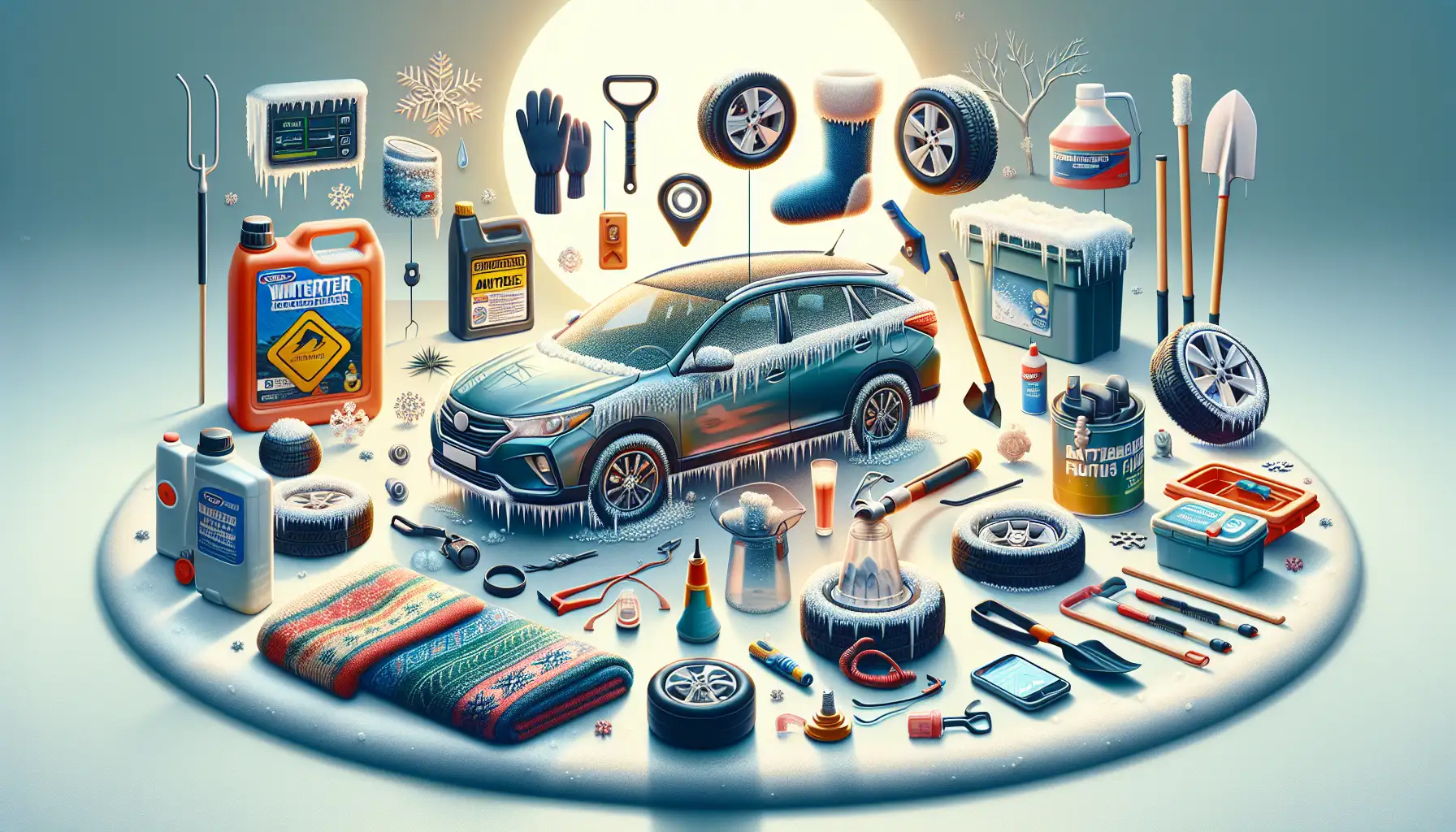How to Winterize Your Car: A Step-by-Step Guide
Comprehensive steps to prepare your vehicle for harsh winter conditions

As the winter months approach, it's crucial to ensure your vehicle is ready to handle the harsh conditions. Winterizing your car not only enhances safety but also helps maintain its performance and longevity. In this guide, we'll walk you through the essential steps to prepare your car for winter, ensuring you're ready for whatever the season throws your way.
1. Check Your Tires
Your tires are your car's only contact with the road, making them a critical component in winter driving. Here's what you need to do:
- Inspect Tread Depth: Ensure your tires have adequate tread depth. A minimum of 6/32 inch is recommended for winter driving.
- Consider Winter Tires: If you live in an area with heavy snowfall, consider investing in winter tires. They provide better traction on snow and ice.
- Check Tire Pressure: Cold weather can cause tire pressure to drop. Check and adjust your tire pressure regularly to maintain optimal performance.
2. Test Your Battery
Cold temperatures can significantly affect your car battery's performance. Follow these steps to ensure your battery is winter-ready:
- Inspect Battery Terminals: Check for corrosion and clean the terminals if necessary.
- Test Battery Voltage: Use a multimeter to test your battery's voltage. A fully charged battery should read around 12.6 volts.
- Consider a Battery Blanket: In extremely cold climates, a battery blanket can help keep your battery warm and functioning properly.
3. Replace Wiper Blades and Refill Washer Fluid
Visibility is crucial during winter driving. Ensure your wiper blades and washer fluid are up to the task:
- Replace Wiper Blades: If your wiper blades are more than six months old or leave streaks, replace them with winter-specific blades.
- Use Winter Washer Fluid: Refill your washer fluid reservoir with a winter formula that won't freeze in low temperatures.
4. Check Your Antifreeze
Antifreeze, or coolant, is vital for preventing your engine from freezing. Here's how to ensure it's in good condition:
- Check Coolant Levels: Ensure your coolant is at the proper level and top it off if necessary.
- Test Coolant Mixture: Use a coolant tester to check the mixture's freeze point. A 50/50 mix of antifreeze and water is typically recommended.
5. Inspect Your Brakes
Brakes are essential for safe winter driving. Make sure they are in top condition by:
- Listen for Unusual Noises: Squeaking or grinding noises can indicate worn brake pads.
- Check Brake Fluid: Ensure your brake fluid is at the correct level and replace it if it's dirty or old.
6. Prepare an Emergency Kit
Being prepared for emergencies is crucial during winter. Your kit should include:
- Blankets and Warm Clothing: To keep warm if you get stranded.
- Non-Perishable Snacks and Water: In case you're stuck for an extended period.
- Flashlight and Batteries: For visibility in the dark.
- First Aid Kit: For minor injuries.
- Jumper Cables: To jump-start your car if the battery dies.
7. Check Your Lights
Ensure all your lights are functioning correctly to maintain visibility and safety:
- Inspect Headlights and Taillights: Replace any burnt-out bulbs.
- Clean Light Lenses: Remove any dirt or snow that could obscure your lights.
Conclusion
Winterizing your car is an essential part of vehicle maintenance that ensures safety and reliability during the colder months. By following these steps, you can help prevent breakdowns and accidents, keeping you and your loved ones safe on the road. Remember, preparation is key, and taking the time to winterize your car can save you from potential headaches and hazards down the line.
 CarChooser
CarChooser